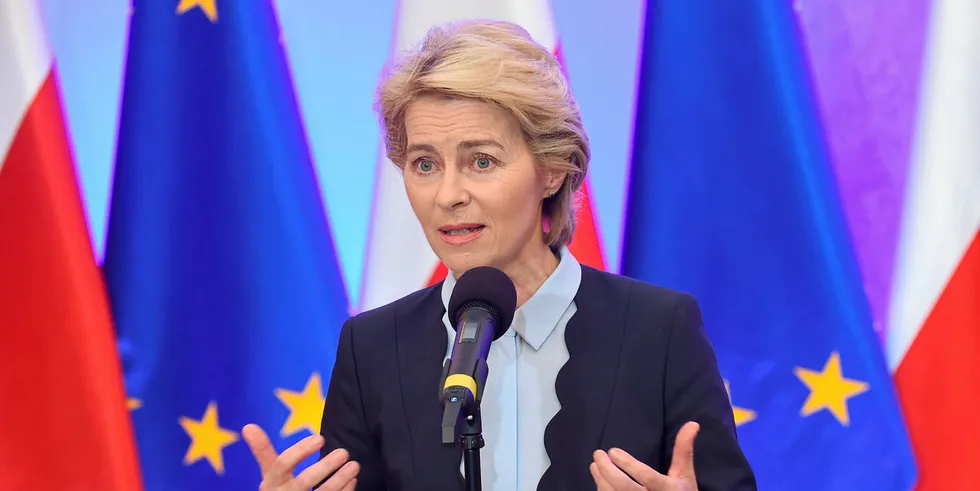EU Commission proposes 50-55% emissions cut by 2030 in Green Deal
Green groups criticise new goals as too low, while Eastern European nations may block them for being too ambitious

Green groups criticise new goals as too low, while Eastern European nations may block them for being too ambitious
